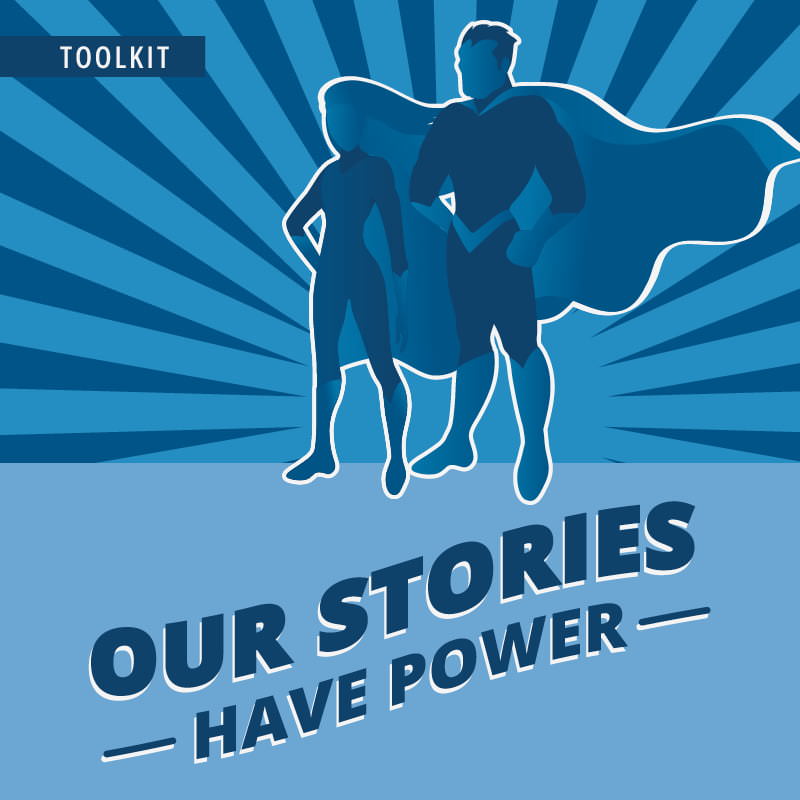
Your Story Matters—And Recovery Needs Your Voice
Recovery is everywhere—and it’s powerful. Every story shared, every voice raised, and every face seen helps move us closer to a society where recovery is not only possible but embraced, supported, and celebrated. Whether you’re living in recovery, love someone who is, or stand as an ally, your voice matters.
Right now, more than 23 million Americans are living proof that recovery works. But for millions more still struggling, and for their families and communities, your story could be the hope they need. When we speak out together, we remind the world that recovery is real, it’s happening every day, and it deserves to be recognized.
We’re calling on you to join the movement—by sharing your recovery story through video, photo, audio, or words. Your story doesn’t need to be polished or perfect—it just needs to be yours. We’ve put together simple tips and tools to help you plan, capture, and share your message with confidence and authenticity.
Whether it’s finding the right light for a selfie, capturing a heartfelt audio message, or editing a short video, we’ve got you covered. And remember: it’s not about being a professional—it’s about being real. Your truth can be a beacon for others.
Together, we can show the world that recovery isn’t something to hide—it’s something to celebrate. Let’s make recovery visible. Let’s make it loud. And most of all, let’s make it known: recovery is possible—and it’s happening now.
Our Partners
Faces & Voices of Recovery has partnered with Opioid Response Network (ORN) to collect, produce, and distribute stories of recovery in the form of a national recovery awareness campaign. This initiative aims to highlight the impact of recovery on diverse individuals, families, and communities to change the current narrative of degradation and despair into one of continuous hope, courage, and empowerment.
For more information about ORN, visit OpioidResponseNetwork.org.
Funding for this initiative was made possible (in part) by grant no. 1H79TI085588-02 from SAMHSA. The views expressed in written conference materials or publications and by speakers and moderators do not necessarily reflect the official policies of the Department of Health and Human Services; nor does mention of trade names, commercial practices, or organizations imply endorsement by the U.S. Government.
